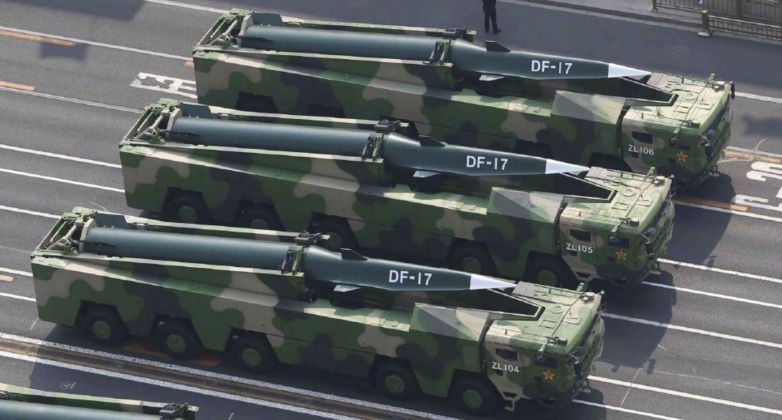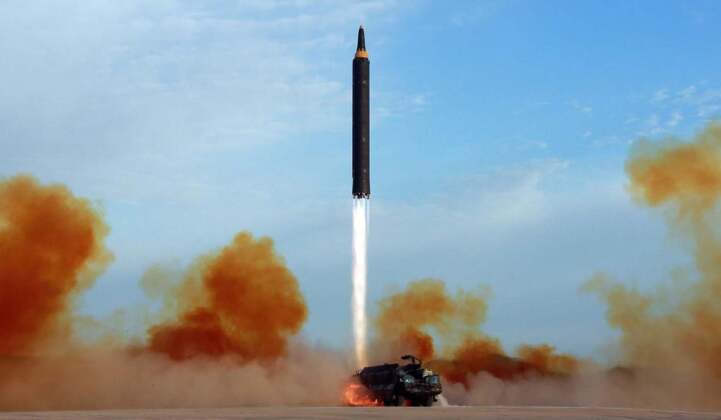Following reports that North Korea had test launched a ballistic missile to coincide with the address of its envoy to the United Nations General Assembly, Kim Song, on September 28th, the country’s state media revealed the following day that the launch was of a new class of missile called Hwasong-8. The missile was described as strategic and as carrying a “detached hypersonic gliding warhead,” and is the third new missile the country has unveiled in the past month alongside a rail launched tactical missile and a strategic long range cruise missile. Fired from Mupyong Ri in Jagang province, the missile was reported by South Korean sources to be a new design which might include some sort of manoeuvrable re-entry vehicle and with “different flight features from the missiles the North previously tested,” which was later confirmed by North Korean state media. The missile reportedly flew at a very high 60km altitude before hitting a target just under 200km away, indicating that it could eventually have a range of well over 1000km when fired on a normal trajectory.

The Hwasong-8 loosely resembles the Chinese DF-17, which is the only other missile of is kind in the world, although the size of the new Korean missile is highly uncertain. Russia operates a much larger similar weapon, the Avangard, which has an intercontinental range. Hypersonic glide vehicles use rocket boosters to accelerate and reach high altitudes and speeds, which are considerably higher for the Avangard, before detaching and following an atmospheric flight trajectory with a very high level of manoeuvrability. Such missiles are optimised for evading enemy air defences, and are considered challenging to even lock onto or track. These glide vehicles differ from hypersonic cruise missiles which fly at lower altitudes throughout their trajectories and tend to lack high manoeuvrability. North Korea’s deployment of such missiles is expected to play an important role in allowing it to counter the modern air defences, both ship and ground based, protecting U.S. targets across East Asia. Hypersonic glide vehicle technologies will likely be used to modernise the Korean missile arsenal for multiple kinds of missile including developing new intercontinental range strategic missiles. Development of such technologies was highlighted as a priority at the Congress of the Korean Workers’ Party in January 2021, and although prior Korean missiles were technically hypersonic as they exceeded Mach 5 the reliability of glide vehicles in evading modern air defences is expected to be considerably higher.

The rocket motor arrangement on the Hwasong-8 notably resembles that on the Hwasong-12 ‘Guam Killer’ intermediate range ballistic missile which was tested multiple times in 2017 and is thought to have entered service that year, indicating the two may use the same first stage. It would be far from unprecedented for the two missiles to do so, with the Russian Avangard glide vehicle also using the first stage from the older UR-100NUTTkH (NATO reporting name: SS-19 Stiletto) missile. This may also indicate that the Hwasong-8 will eventually have a similar range of around 6000km, as the Hwasong-12 also demonstrated a much shorter range when first tested. With state of the art U.S.-made air defence systems continuing to struggle even against relatively basic ballistic missile designs, all of which are technologically several decades behind hypersonic glide vehicles, North Korea’s move to modernise its strike capabilities with hypersonic technologies provides a cost effective means to ensure than its deterrence capabilities remain viable as the U.S. is expected to continue to invest heavily in air defence technologies over the coming decade.
